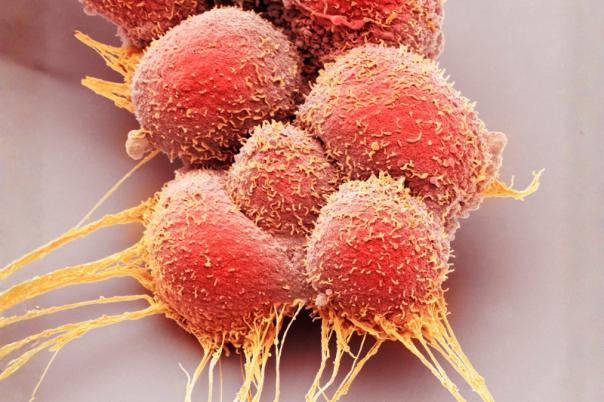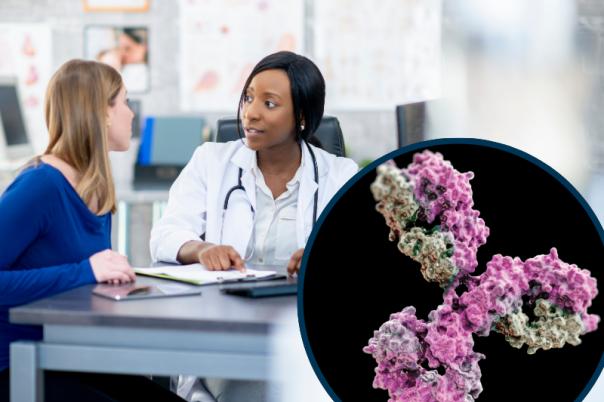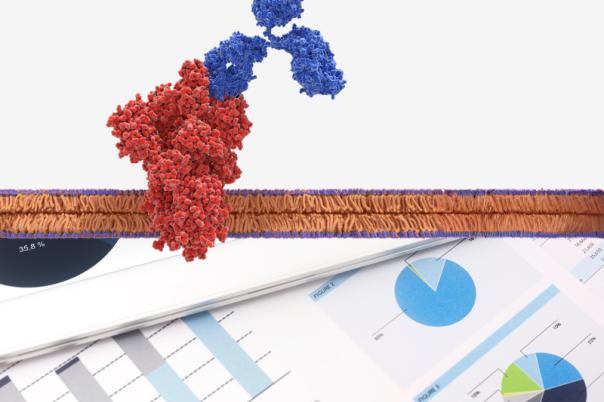Fedorova’s work at GSK centres around generating cellular reagents. Recently, her group have found themselves receiving more and more requests to generate customisable or lower expressions of target proteins on the cell surface. This led them to encounter a surprising challenge: the difficulty in reducing the expression of cell-surface targets.
The rationale for reducing target expression includes developing screening assays for antibodies that require antigens expressed at endogenous levels; species-specific antibody screening, matching orthologue expression; inducible protein expression in the case of cytotoxic targets; or combinations of all of those techniques for example when developing multispecific antibodies.
This presentation outlines one particular project and the techniques that Fedorova’s team used to reduce target expression. The project required two targets expressed on the cell surface in a ratio of 1:3, with roughly 10-60K protein copies on the cell surface. They started with a traditional approach using transposase systems and a standard EF1 promoter before collecting low expressors from FACS-sorted pools. However, this was unsuccessful due to the high expression rates the team encountered.
First they tried tetracycline inducible promoter system. This method faced challenges with low viability and leakage under the Tet promoter. Fedorova concluded that while this method can reduce target expression, it has limitations.
Fedorova then explained the second method, ProteoTuner technology. She discussed the use of Shield 1 to stabilise the destabilisation domain and achieve dose-dependent expression. The presentation highlighted the success with control proteins but noted the lack of stabilisation for the target protein of interest.
Thirdly, the team tested the introduction of an early stop codon into the sequence of the protein. This combined with the use of geneticin to modulate expression levels proved effective, demonstrating the potential for tunability in protein expression. Fedorova mentioned that this was the method that proved most effective for the goals of the project.
The fourth method tested involves using weak promoters. Fedorova explained the optimisation process and the challenges faced with different targets. She mentioned the success with one target and the need for cloning to achieve desired expression level.
Finally, the introduction of IRES elements showed potential for reducing expression levels but required careful optimisation to avoid excessive reduction.





